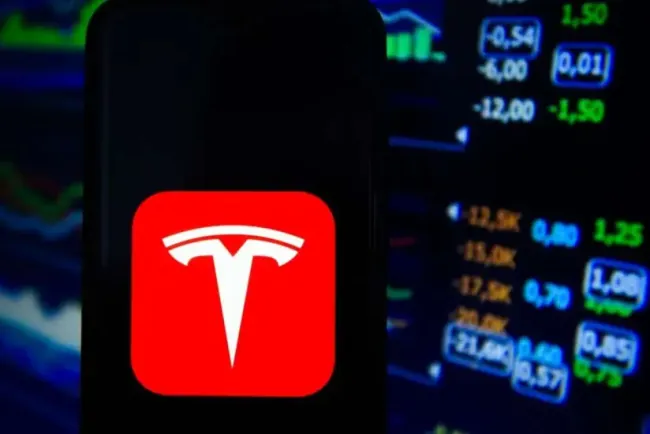Quick Navigation:
Exploring the Shift in Bitcoin ETF Dynamics: Grayscale's Outflows vs. New Entrants
Outline
- Introduction
- Brief overview of the recent trends in Bitcoin ETFs.
- Mention the significance of the shift towards new ETF entrants.
-
Grayscale's Significant Outflows
- Discussion on the $1.9 billion outflows from Grayscale Bitcoin Trust.
- Analysis of the impact on the U.S. spot Bitcoin ETF market.
-
The Rise of New Entrants
- Examination of the new funds from BlackRock and Fidelity Investments.
- Comparison of inflows between Grayscale and new ETFs.
-
Factors Behind Grayscale's Outflows
- Higher fees as a major reason for Grayscale's challenges.
- The role of selling by bankruptcy trustees in the outflows.
-
The Competitive Landscape
- Overview of BlackRock's iShares Bitcoin Trust and its success.
- Wealthfront's decision to switch to iShares from Grayscale's ETF.
-
Market Sentiment and Bitcoin's Price Fluctuations
- Analysis of Bitcoin's price movements and their effect on ETF inflows.
- The potential for renewed interest from institutional investors.
-
Conclusion
- Summary of the changing landscape in Bitcoin ETF investments.
- Outlook for Grayscale and potential strategies for recovery.
-
FAQs
- Address common questions related to Bitcoin ETFs and the current market trends.
-
Further Resources and Services
- Invitation to explore more on Kiksee Magazine for insights into cryptocurrency investments.
Introduction
The landscape of Bitcoin ETFs is witnessing a pivotal shift, with significant outflows from the Grayscale Bitcoin Trust juxtaposed against the rise of new entrants like BlackRock and Fidelity Investments. This article delves into the nuances of these dynamics, exploring the causes and implications for investors and the market at large.
Grayscale's Significant Outflows
Last week marked a notable moment for Grayscale Bitcoin Trust, recording a staggering $1.9 billion in outflows. This event tilted the balance towards net outflows for U.S. spot Bitcoin ETFs, highlighting a pivotal moment in cryptocurrency investment trends.
The Rise of New Entrants
The approval of cryptocurrency ETFs by the U.S. Securities & Exchange Commission in January catalyzed the entrance of heavyweight contenders such as BlackRock and Fidelity Investments. Despite their emergence, their inflows could not counterbalance the significant selling pressure from Grayscale holders.
Factors Behind Grayscale's Outflows
A closer look reveals that Grayscale's higher management fees, compared to its rivals, have significantly contributed to its current predicament. Moreover, sales by bankruptcy trustees to satisfy creditors have exacerbated the outflows.
The Competitive Landscape
In contrast to Grayscale's challenges, BlackRock's iShares Bitcoin Trust has seen a remarkable influx of assets, highlighting a shift in investor preference towards lower-fee, high-volume trading options. The decision by Wealthfront to switch to iShares from Grayscale underscores this trend.
Market Sentiment and Bitcoin's Price Fluctuations
The article also examines the broader market sentiment and Bitcoin's price fluctuations, noting that despite recent gains, there is a palpable hesitation among institutional investors to dive deep into this nascent asset class.
Conclusion
The evolving dynamics within the Bitcoin ETF sector reflect broader shifts in cryptocurrency investment strategies and preferences. As Grayscale navigates its current challenges, the landscape is ripe for innovation and potential strategies for recovery.
FAQs
- What are Bitcoin ETFs?
- Why are Grayscale's fees higher than its competitors?
- How do market fluctuations affect Bitcoin ETF inflows and outflows?
- What role do institutional investors play in the cryptocurrency market?
Further Resources and Services
For more insights into the ever-evolving world of cryptocurrency investments, we invite our readers to explore Kiksee Magazine. Here, you'll find a wealth of information to guide your investment decisions and stay ahead of market trends.























